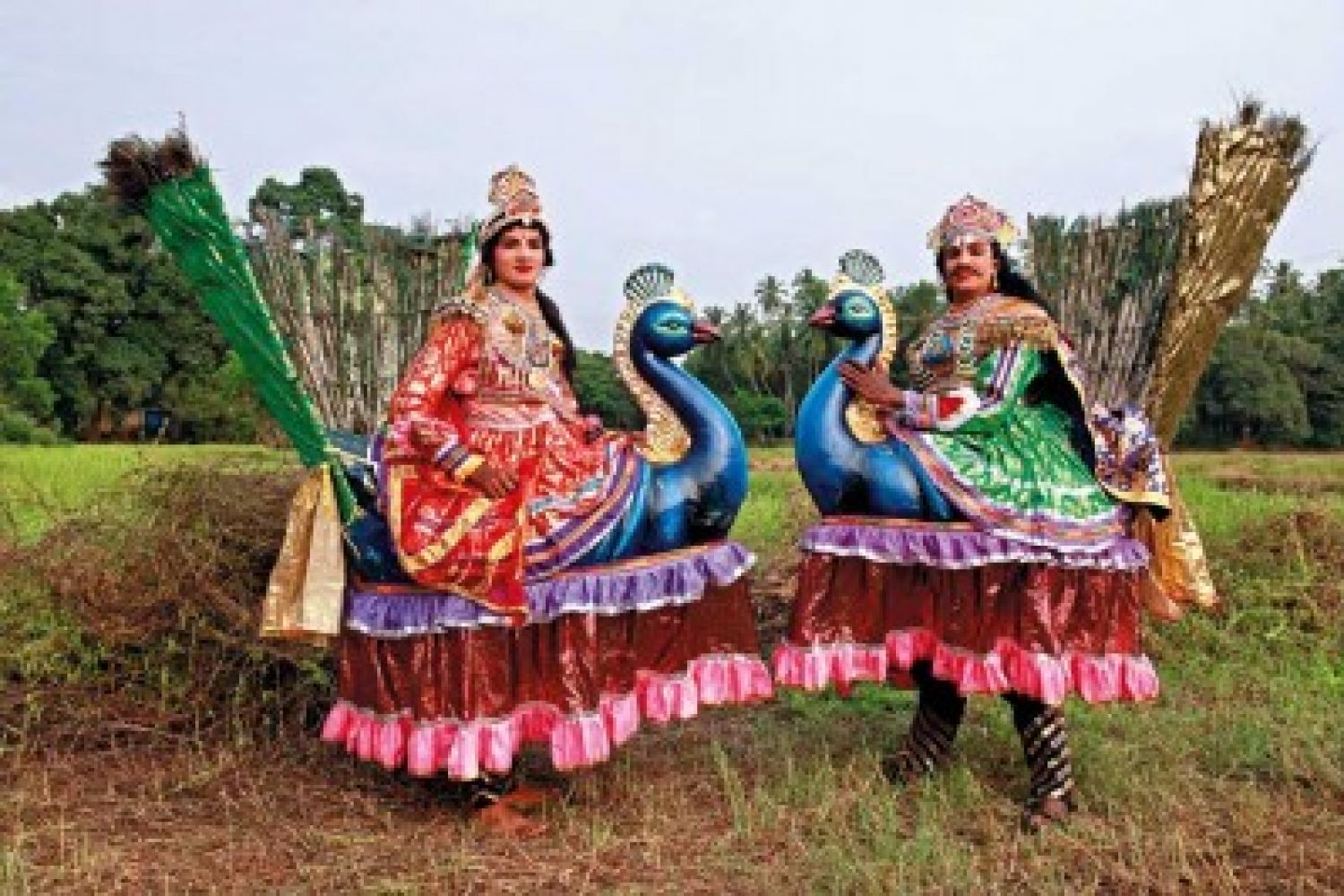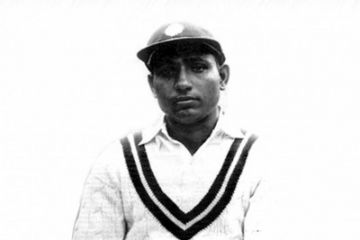
In Malathi Jaikumar’s short story “Liberation” (from the
anthology Urban Shots, edited by Paritosh Uttam), the housewife
Chamundi, regularly beaten by her drunkard husband, one day visits a Mariamman
temple on the outskirts of Madras. It is the last day of a three-day festival
culminating in the possession of three women by the goddess. Chamundi is
intrigued by the power they project and the fear they instill in the most
brutish of men in the audience. She decides to throw a possessio





